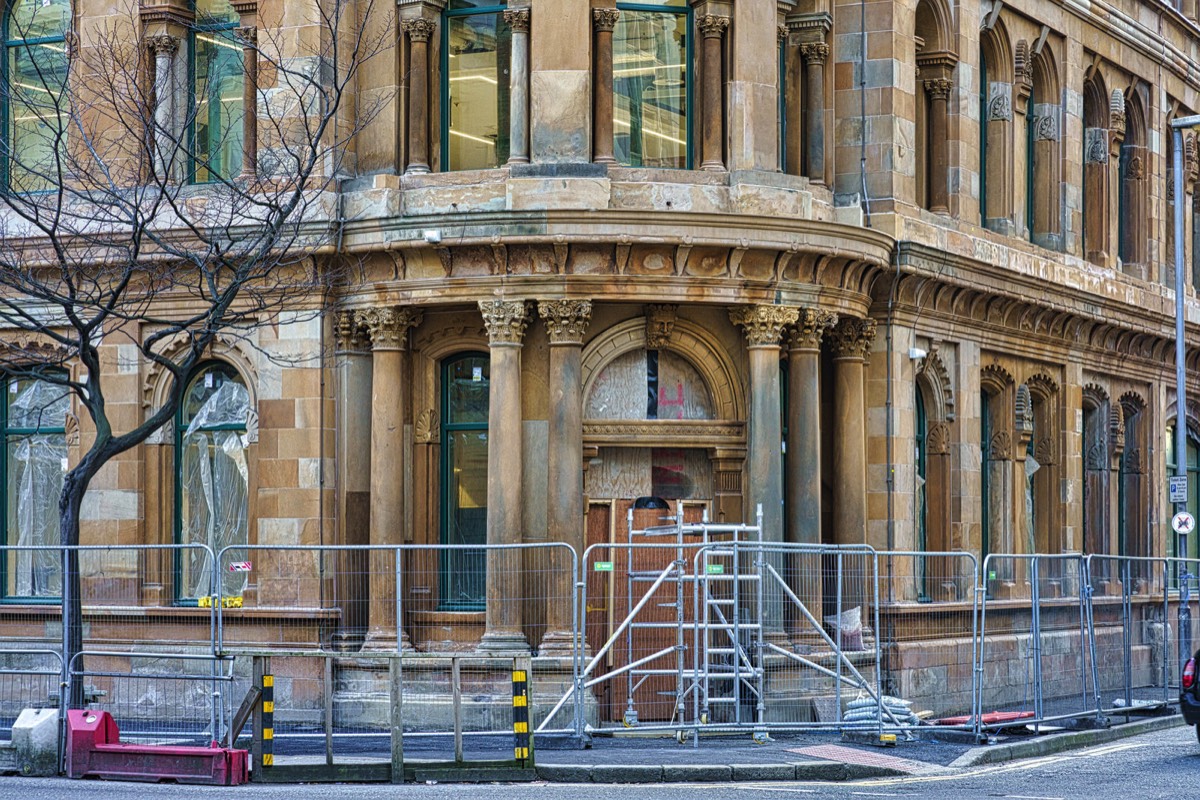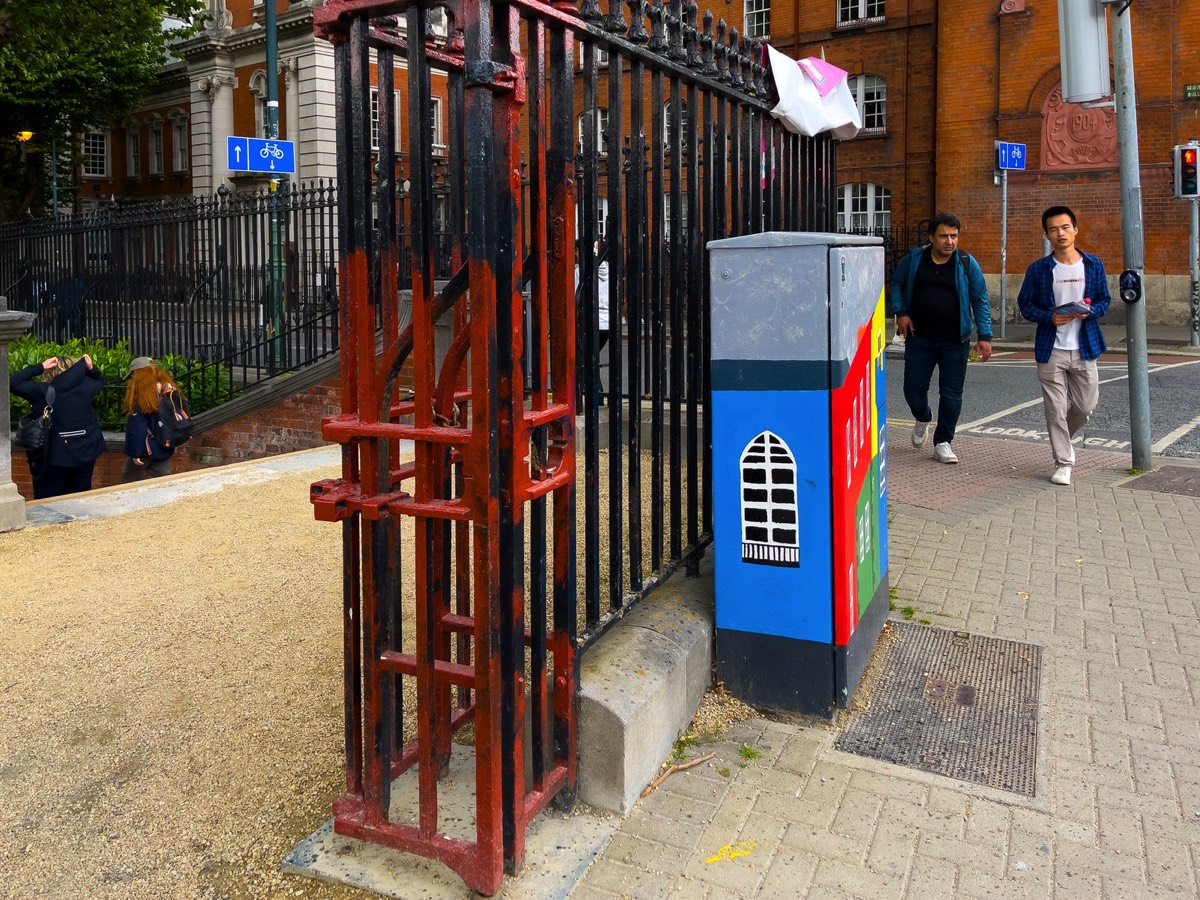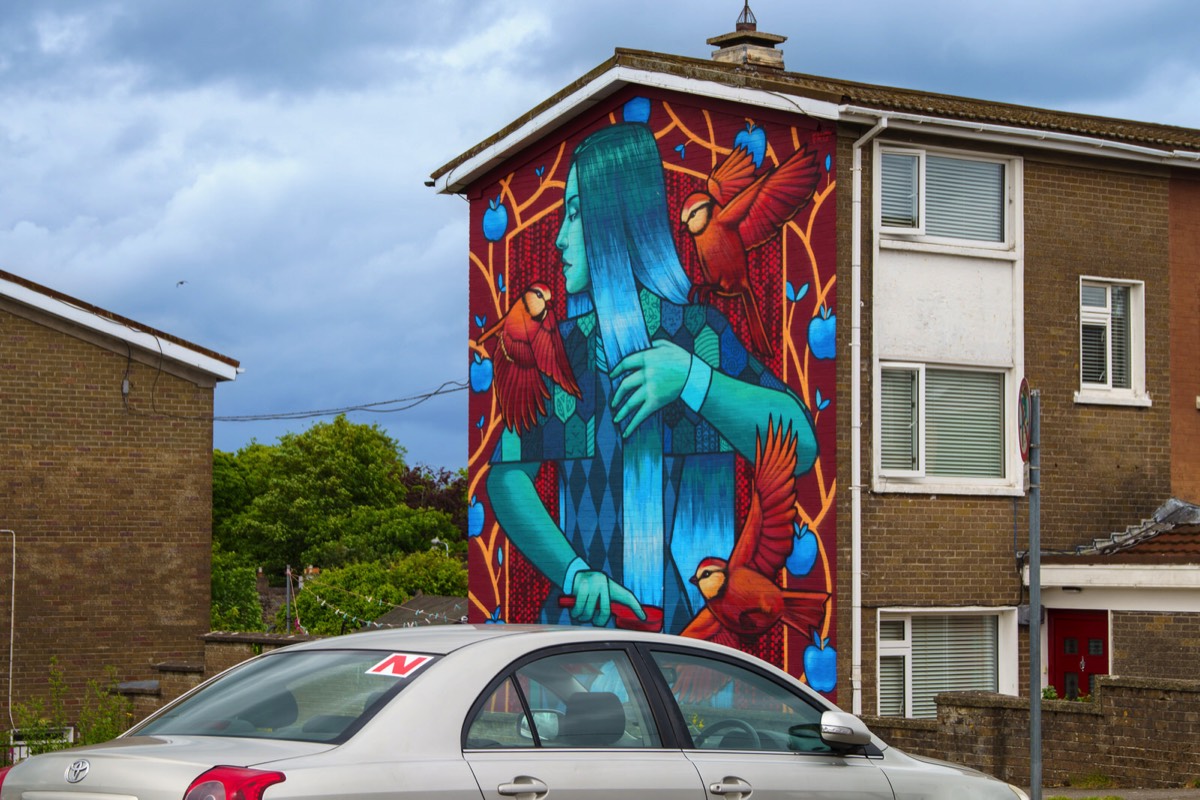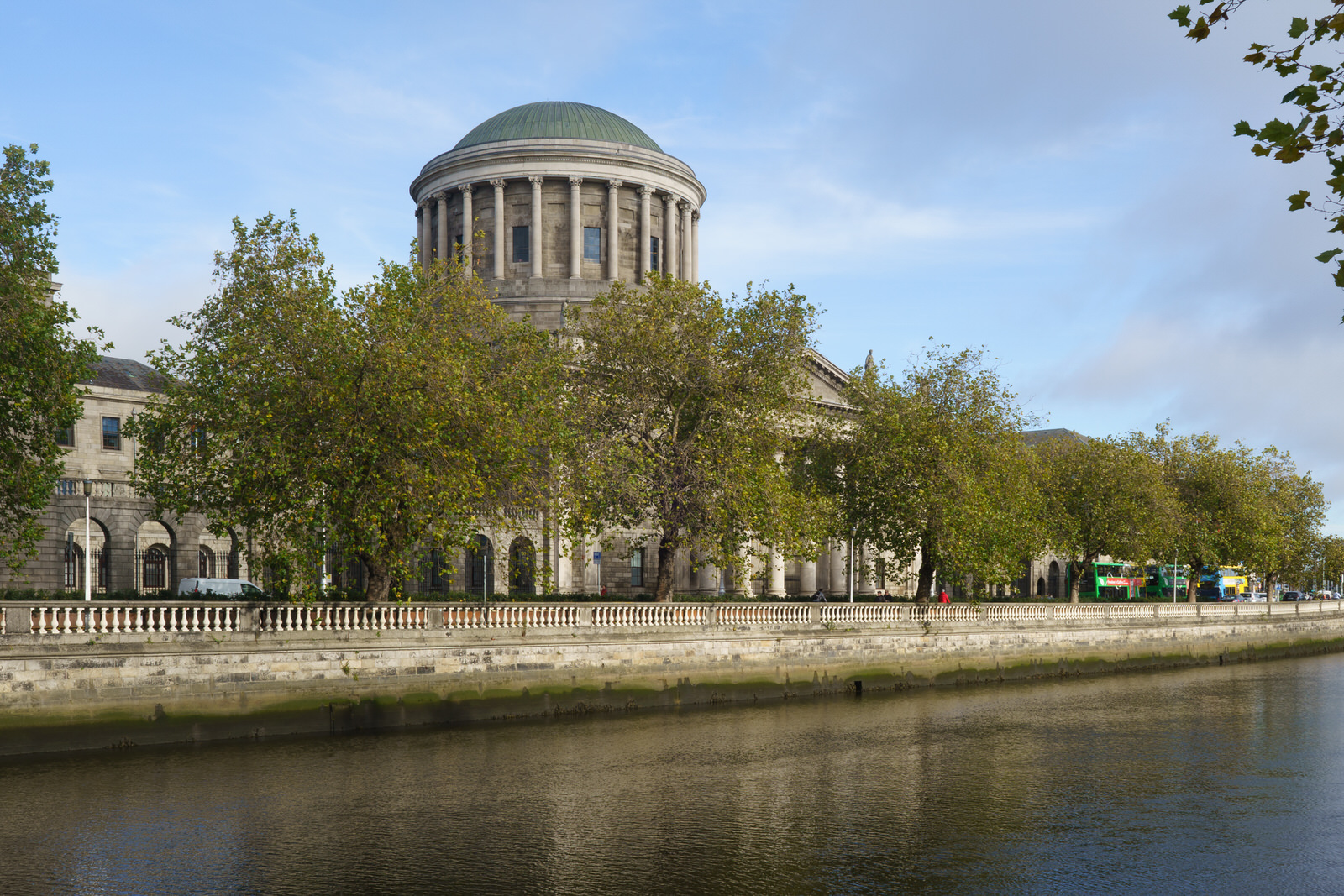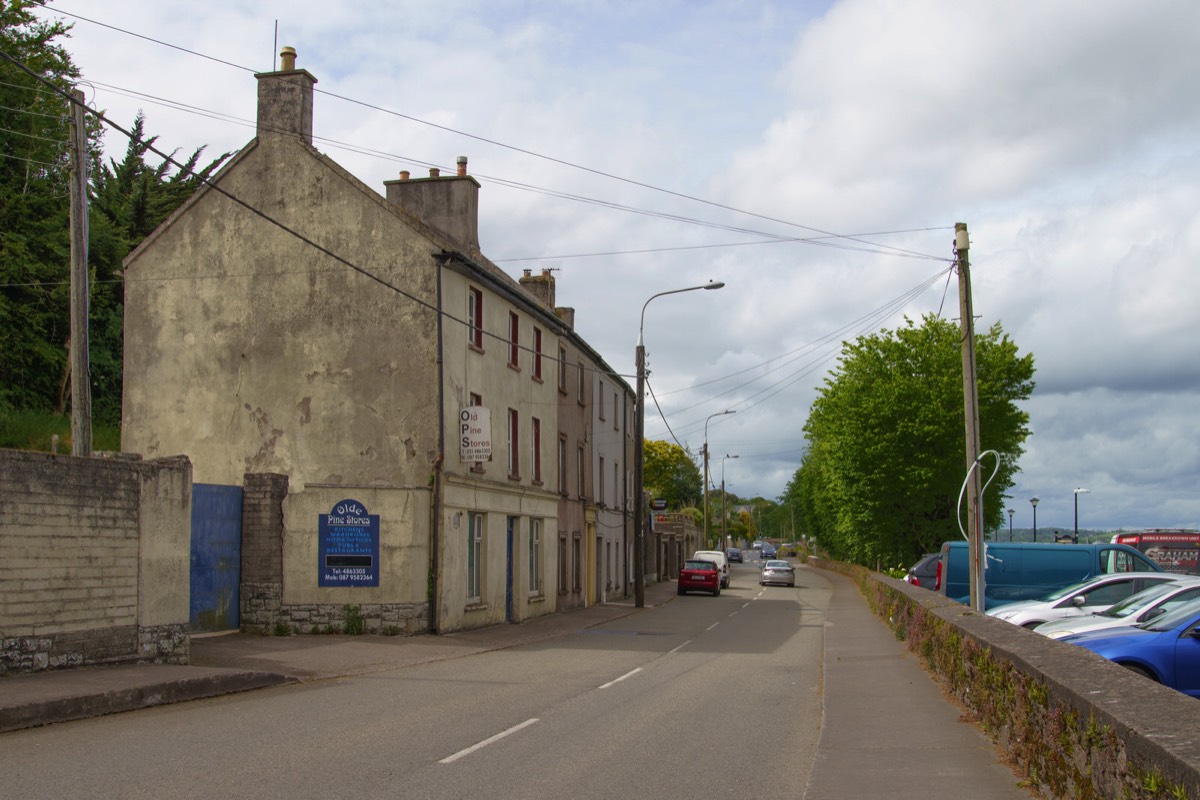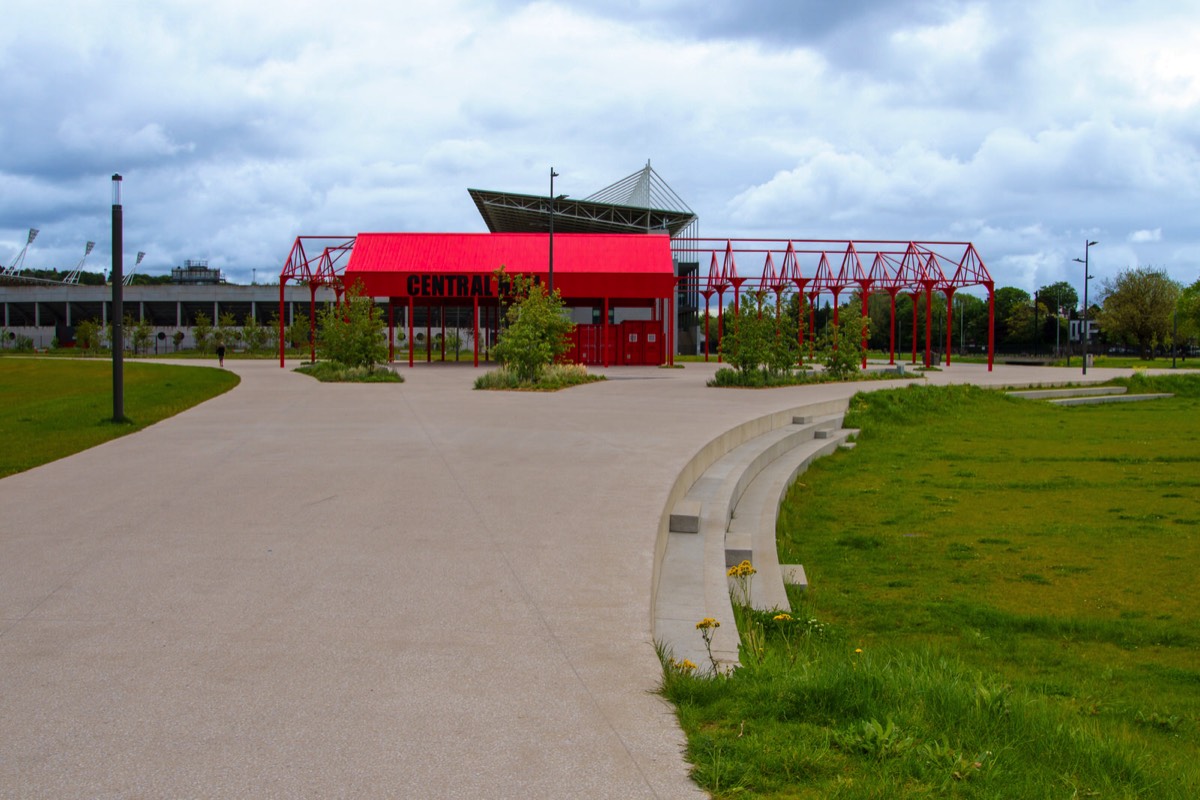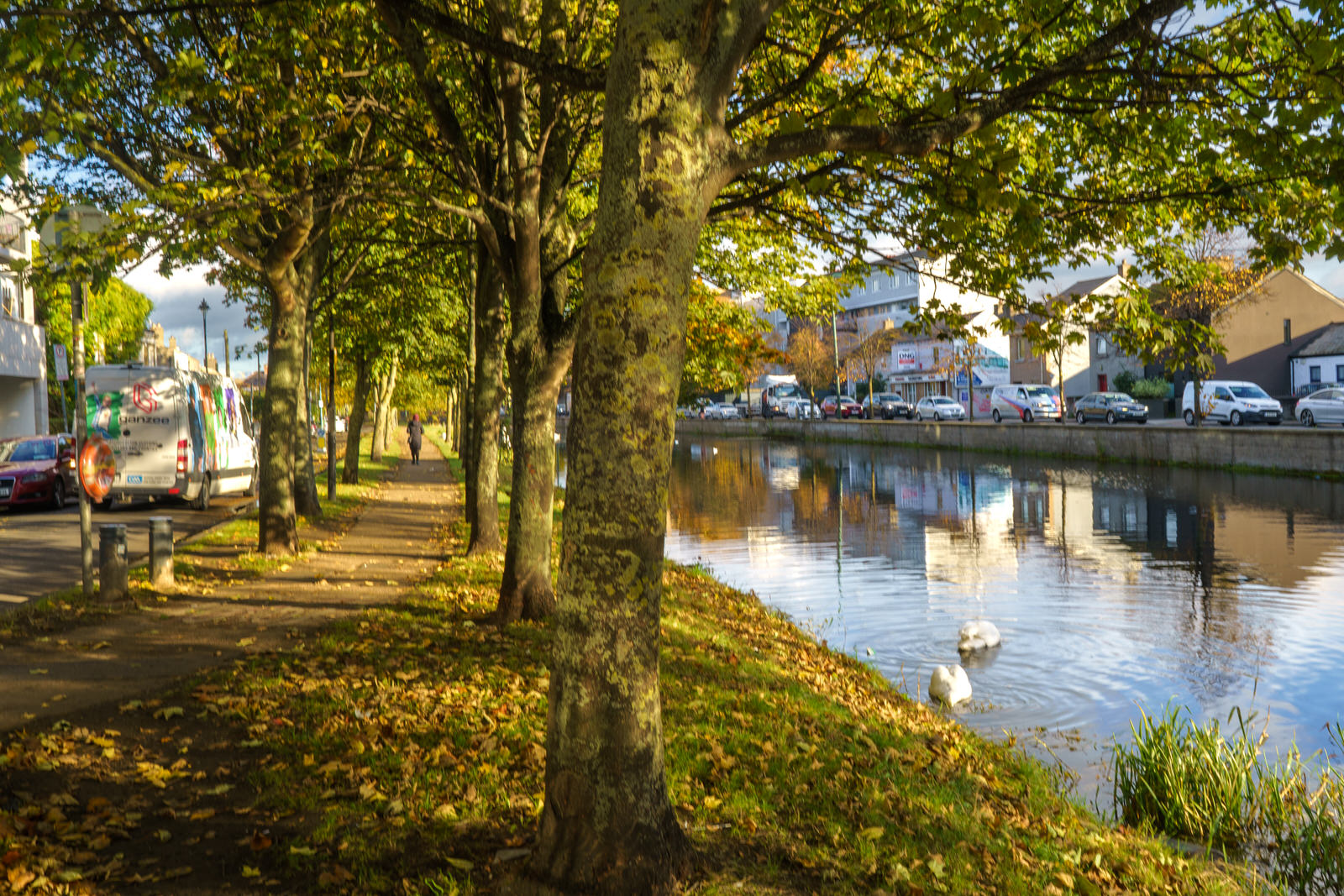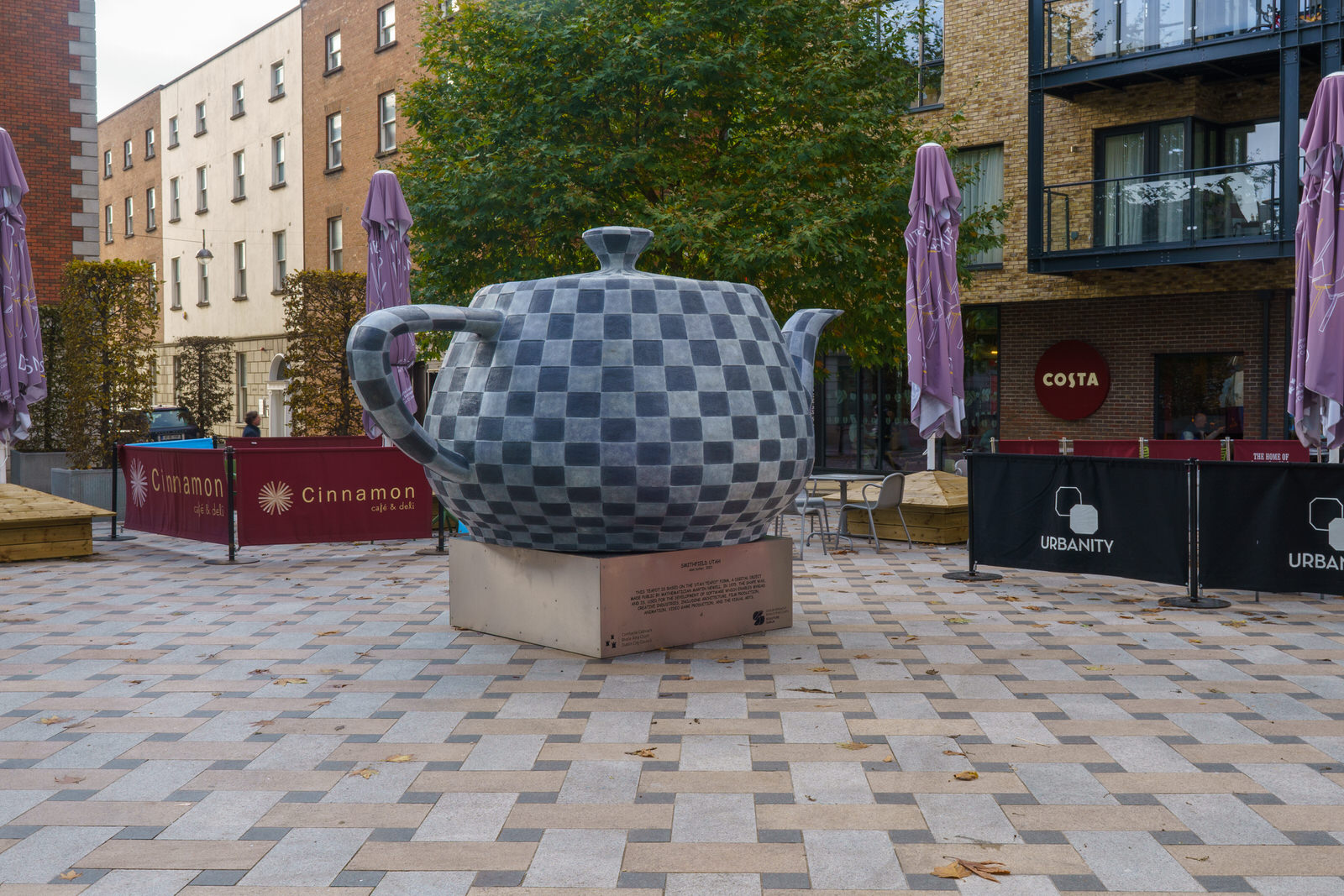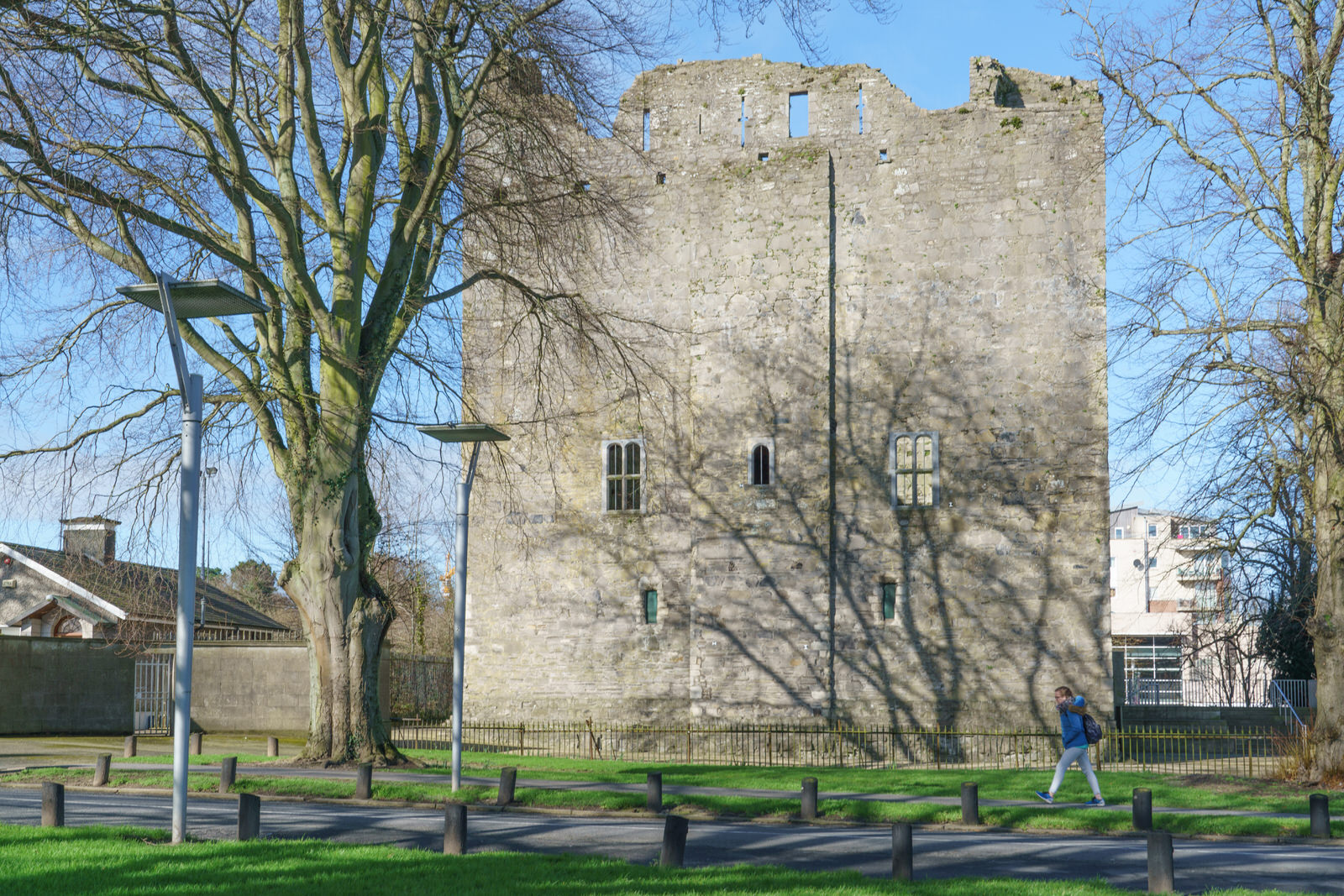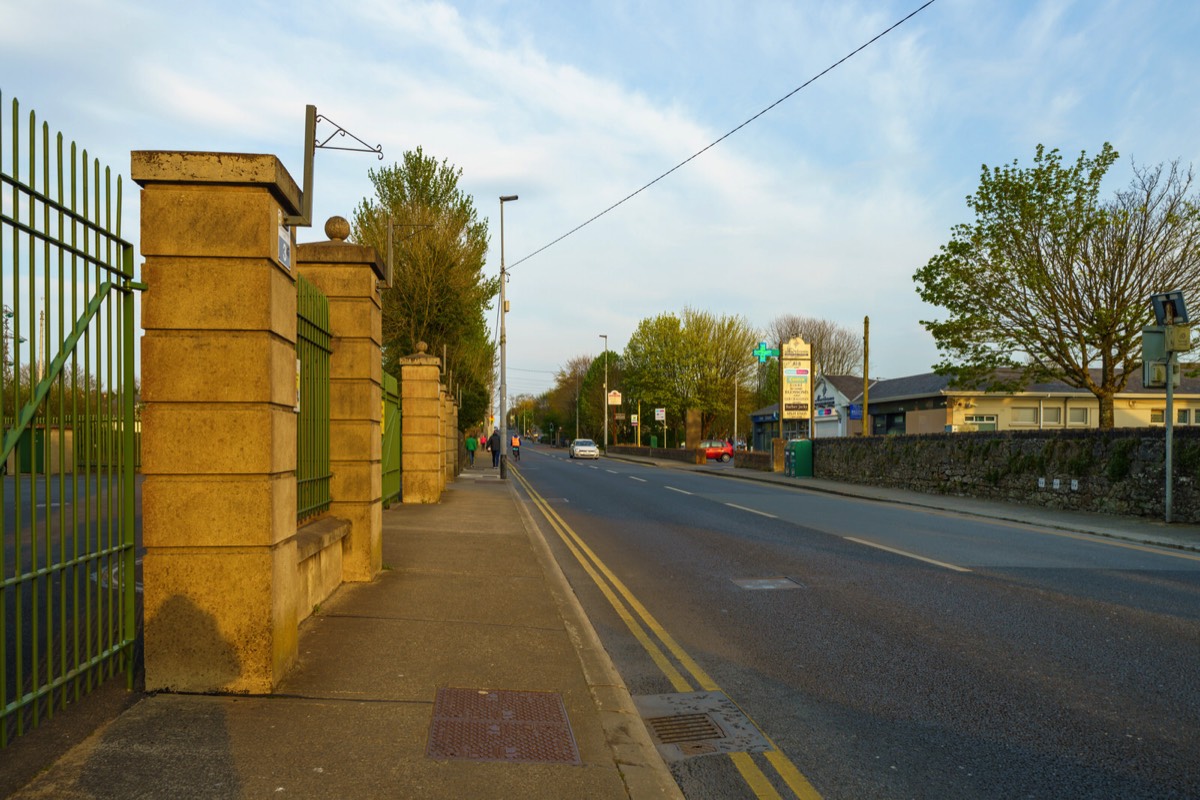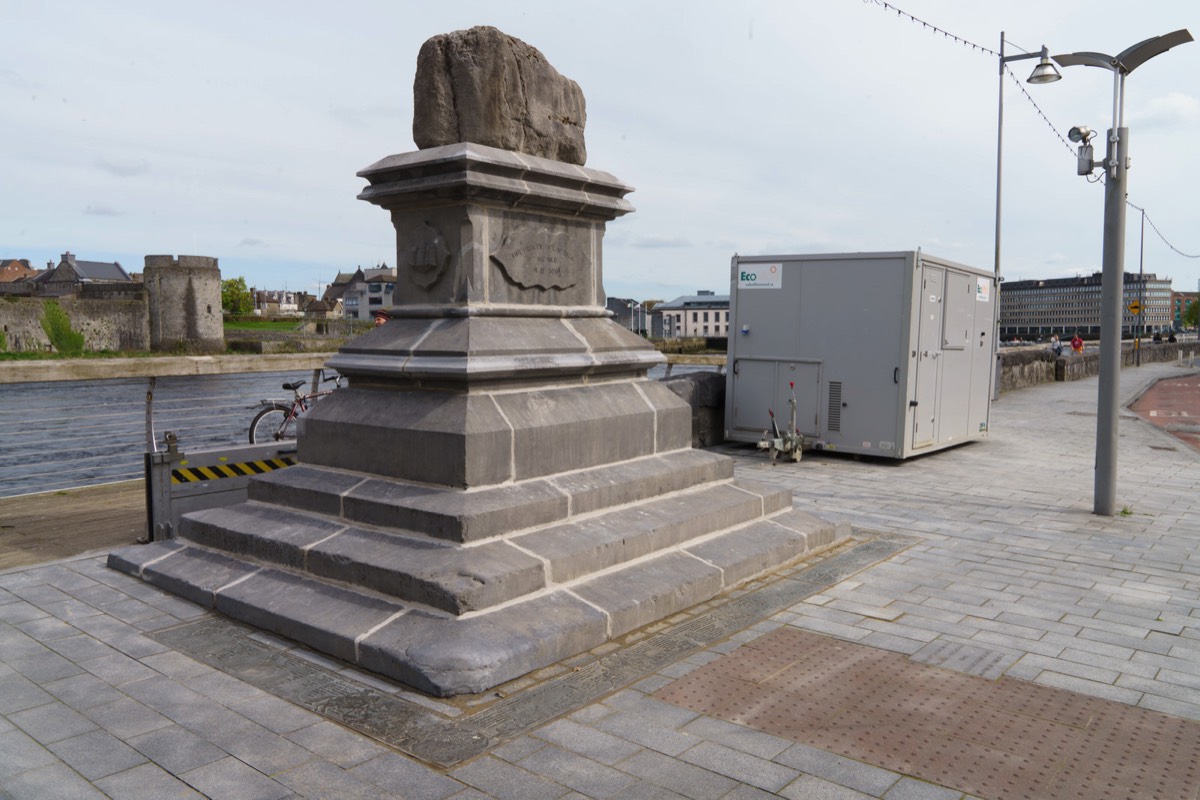URBAN PHOTOGRAPHYTHE AIM IS TO MAKE THE SITE AS FAST AS POSSIBLE
Over the years I have experiments with different forms of hosting and software but as I have progressed I have found all hosting services to be very restrictive and constraining so I have tended towards self hosting solutions.
I have tried many software solutions but eventually settled of Rapidweaver however I do operate a number of Wordpress Sites which I will discontinue over the next two years.
One problem that I have had is that according to Google my sites failed to meet their strict requirements for mobile sites [Core Web Vitals]. I have tried multiple solutions but the changes have been minor. At best my rating was about 37% [today using Sparkle I have achieved 99%]
Recently things at Rapidweaver have become complicated and as a result I may not be able to totally depend on their software going forward so I have had to examine other solutions and one that I investigated is Sparkle which performs very well if Google Core Web Vitals is the gold standard. I should mention that I do intend to remain with Rapidweaver and I will employ their new solutions going forward but I will also employ other solutions. I am also testing Blocs 4 but at this stage do not have enough experience of the product to make any comments.
Web Vitals is an initiative by Google to provide unified guidance for quality signals that are essential to delivering a great user experience on the web.
Google has provided a number of tools over the years to measure and report on performance. Some developers are experts at using these tools, while others have found the abundance of both tools and metrics challenging to keep up with.
Site owners should not have to be performance gurus in order to understand the quality of experience they are delivering to their users. The Web Vitals initiative aims to simplify the landscape, and help sites focus on the metrics that matter most, the Core Web Vitals.
Core Web Vitals are the subset of Web Vitals that apply to all web pages, should be measured by all site owners, and will be surfaced across all Google tools. Each of the Core Web Vitals represents a distinct facet of the user experience, is measurable in the field, and reflects the real-world experience of a critical user-centric outcome.
The metrics that make up Core Web Vitals will evolve over time. The current set for 2020 focuses on three aspects of the user experience—loading, interactivity, and visual stability—and includes the following metrics (and their respective thresholds).
EWART’S WAREHOUSE BELFAST NOW PART OF THE NEW EWART OFFICE COMPLEX
The same waiter also told me that the Ewart building was originally a box factory but further investigation leads me to believe that the business in question was located at 35 Bedford street which is now the Bridge House JD Wetherspoon [a superpub].
Because of its size and location it is/was not easy to photograph this four-storey sandstone building, which as lain empty for about twenty years. It was designed by James Hamilton, also the architect of the Waring Street Ulster Bank, now the Merchant Hotel.
THIS SITE IS MUCH FASTER THAN IT WASPLEASE VISIT ON A REGULAR BASIS
Today [2 November 2021] we began using Source which is described as a 'micro' framework including a theme and a carefully curated collection of powerful stacks that can be used to build modern, lightweight and fast websites using Stacks and RapidWeaver.
[14 November 2021] We have also upgraded to PHP 8.0.8 and will update as soon as any updates become available.
GROUNDCONTROL BLOGSOMEWHAT EXPERIMENTAL
We are trying to develop a site that is better suited to Mobile devices and are currently testing a blog styled site and for no obvious reason we have given it the name "Groundcontrol". There is also an alternative blog which uses a different server but should feature, more or less, the same content.
PROGRESSIVE WEB APPLICATIONCURRENTLY A WORK IN PROGRESS
This site is currently being rebuilt in the background and the current major project is to switch to PWA during 2022 and this has proved to be more difficult than expected.
A progressive web application (PWA), commonly known as a progressive web app, is a type of application software delivered through the web, built using common web technologies including HTML, CSS, JavaScript, and WebAssembly. It is intended to work on any platform that uses a standards-compliant browser, including both desktop and mobile devices.
As of 2021, PWA features are supported to varying degrees by Google Chrome, Apple Safari, Firefox for Android, and Microsoft Edge but not by Firefox for desktop.
Since a progressive web app is a type of webpage or website known as a web application, they do not require separate bundling or distribution. Developers can just publish the web application online, ensure that it meets baseline "installability requirements", and users will be able to add the application to their home screen. Publishing the app to digital distribution systems like Apple App Store or Google Play is optional.
In 2015, designer Frances Berriman and Google Chrome engineer Alex Russell coined the term "progressive web apps" to describe apps taking advantage of new features supported by modern browsers, including service workers and web app manifests, that let users upgrade web apps to progressive web applications in their native operating system (OS). Google then put significant efforts into promoting PWA development for Android. Firefox introduced support for service workers in 2016, and Microsoft Edge and Apple Safari followed in 2018, making service workers available on all major systems.
By 2019, PWAs were supported by desktop versions of most browsers, including Microsoft Edge (on Windows) and Google Chrome[ (on Windows, macOS, Chrome OS and Linux).
In December 2020, Firefox for desktop abandoned implementation of PWAs (specifically, removed the prototype "site-specific browser" configuration that had been available as an experimental feature). A Firefox architect noted: "The signal I hope we are sending is that PWA support is not coming to desktop Firefox anytime soon." Mozilla still plans to support PWAs on Android.
Since a progressive web app is a type of webpage or website known as a web application, they do not require separate bundling or distribution. In particular, there is no requirement for developers or users to install the web apps via digital distribution systems like Apple App Store, Google Play, Microsoft Store or Samsung Galaxy Store. To varying degrees, the major app stores support publication of PWAs.[1] Google Play, Microsoft Store,[19] and Samsung Galaxy Store support PWAs, but Apple App Store does not. Microsoft Store publishes some qualifying PWAs automatically (even without app authors' request) after discovering them via Bing indexing. Progressive web apps are all designed to work on any browser that is compliant with the appropriate web standards. As with other cross-platform solutions, the goal is to help developers build cross-platform apps more easily than they would with native apps. Progressive web apps employ the progressive enhancement web development strategy.
Some progressive web apps use an architectural approach called the App Shell Model.[ In this model, service workers store the Basic User Interface or "shell" of the responsive web design web application in the browser's offline cache. This model allows for PWAs to maintain native-like use with or without web connectivity. This can improve loading time, by providing an initial static frame, a layout or architecture into which content can be loaded progressively as well as dynamically.
The technical baseline criteria for a site to be considered a progressive web app and therefore "installable" by browsers were described by Russell in a follow-up post[23] and updated since:
Originate from a secure origin. Served over TLS and green padlock displays (no active mixed content). Progressive web apps must be served via HTTPS to ensure user privacy, security, and content authenticity.
Register a service worker with a fetch handler. Progressive web apps must use service workers to create programmable content caches. Unlike regular HTTP web cache, which caches content after the first use and then relies on various heuristics to guess when content is no longer needed, programmable caches can explicitly prefetch content in advance before it's used for the first time and explicitly discard it when it is no longer needed. This requirement helps pages to be accessible offline or on low quality networks.
Reference a web app manifest. The manifest must contain at least the five key properties: name or short_name, start_url, and display (with a value of standalone, fullscreen or minimal-ui), and icons (with 192px and a 512px versions). Information contained in manifest makes PWAs easily shareable via a URL, discoverable by a search engines, and alleviates complex installation procedures (but PWAs still can be listed in a third-party app store).[27] Furthermore, PWAs support native app-style interactions and navigation, including being added to home screen, displaying splashscreens, etc.
THE IMAGES BELOW ARE MENU ELEMENTS SO SELECT ONE OF THEM TO PROGRESS
URBAN EXPRESSION ON CRANE LANEPHOTOGRAPHED AUGUST 2021 PUBLISHED MAY 2021
BUILDINGS OF INTERESTPHOTOGRAPHED BY WILLIAM MURPHY
THE NEW MARINA PARKPHOTOGRAPHED IN MAY 2022
AREAS OF DUBLININCLUDING TOWNS AND VILLAGES
EXAMPLES OF PUBLIC ARTINCLUDING STATUES AND MONUMENTS
MAYNOOTH2016 VISITS TO THE TOWN
The town is just inside the western edge of The Pale. It has, at either end of the main street, Maynooth Castle and Carton House, two former seats of the Dukes of Leinster. The castle was a stronghold of the 16th century historical figure Thomas FitzGerald, 10th Earl of Kildare who was better known as Silken Thomas. The castle was overrun in 1535, after the rebellion of the Earl.
The most important historical buildings in the town are those of St. Patrick's College and some which antedate the foundation of the college, while others are in the late Georgian and neo-Gothic revival style. The "new range" of buildings was erected by A. W. N. Pugin in 1850 under a commission from then college president Laurence F. Renehan, while the College Chapel was designed and completed by James Joseph McCarthy during the presidency of Dr. Robert Browne in 1894.
Conolly's Folly is within Maynooth's extensive town boundaries.
There are three old monastic settlements in the vicinity of Maynooth, including Laraghbryan and its cemetery, Taghadoe and its Round Tower and Grangewilliam (Donaghmore).
Maynooth Pound is a rare example of a surviving pound which has existed since the 18th century. The existing walls were built in 1822 although the pound is older than that. Historically, stray animals were impounded here to be returned to their owners for a fee or sold at auction if not claimed. Recently the pound was renovated and is now a place of recreation by the Lyreen River.
Commercial DisclosurePLEASE NOTE THAT LINKS BELOW MAY REDIRECT YOU TO THE AMAZON LOCATION MOST LIKELY TO SHIP TO YOUR ADDRESS
You will find links to buy products from Amazon, Google and other partners. If you click on these links, you’ll find that the URL includes a small extra piece of text which identifies that the click came from my websites. This text is an affiliate code, and it means that I get a small percentage of the money you spend if you choose to buy that product, or, in some cases, other products from the site soon after. These affiliate links help pay the costs of producing my websites and ensure that the content is free to you.

Sony NPFZ100 Z-series Rechargeable Battery Pack for Alpha A7 III, A7R III, A9 Digital Cameras
ORIGINAL SONY PRODUCT
About this item High capacity for long life, approx.2.2 times of the NP-FW50 Electrical capacity of 16.4Wh (7.2V/2280mAh). Dimensions (W × H × D): Approx. 38.7 x 22.7 x 51.7 mm (1.56 x 0.91 x 2.13) iNFOlithium enables remaining charge display on camera LCD screen. Weight: 3.0 ounces
EXPENSIVE BUT IT IS BEST TO AVOID THIRD PARTY BATTERIES
